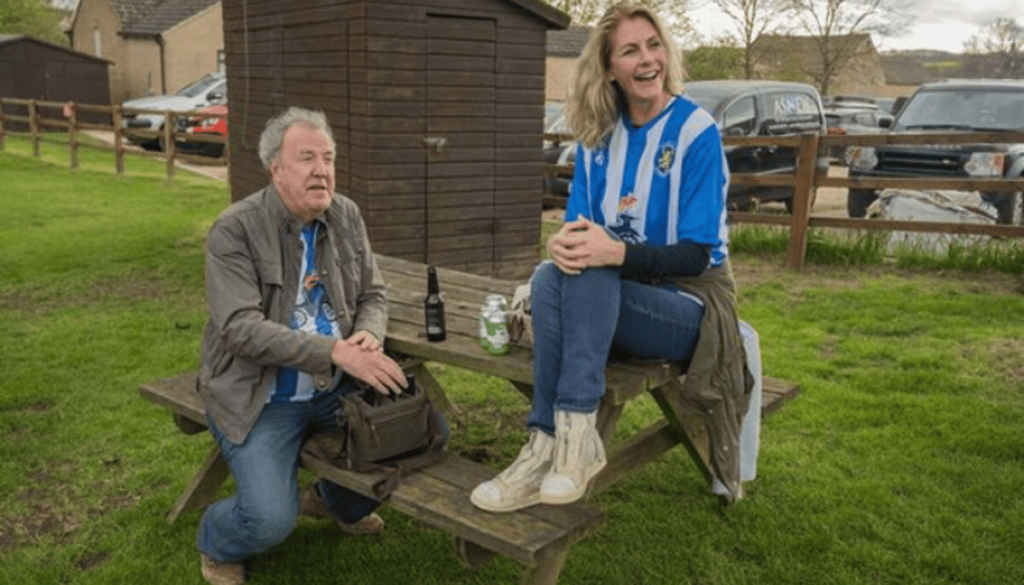
Elizabeth Mary Wilhelmina Bentinck is a name that resonates with the legacies of British aristocracy and its intertwining with historical events. While not as widely recognized as some of her contemporaries, her life and contributions offer a fascinating glimpse into the social and political tapestry of her time. This article aims to delve into her background, significant contributions, and the broader historical context in which she lived.
Early Life and Background
Elizabeth Mary Wilhelmina Bentinck was born into a family with a rich lineage. The Bentinck family has roots tracing back to the early 18th century, and they were prominent figures in British society. Elizabeth’s parents were influential in shaping her early experiences, introducing her to the social norms and expectations of the aristocracy. Growing up in a privileged environment, she received an education befitting her status, emphasizing the arts, literature, and the social graces required of someone in her position.
Marriage and Family
In the early 20th century, Elizabeth married into another prominent family, which further solidified her place within the upper echelons of society. This union not only brought personal fulfillment but also expanded her social network, connecting her with influential figures of the time. The marriage produced several children, and Elizabeth was known for her dedication to her family, often balancing her societal obligations with her role as a mother.
Contributions to Society
Throughout her life, Elizabeth Mary Wilhelmina Bentinck was involved in various charitable endeavors. The early 20th century was a time of significant social change, with movements advocating for women’s rights, education reform, and social justice gaining momentum. Elizabeth aligned herself with several of these causes, using her social standing to advocate for change.
Her contributions were particularly notable in the realm of education. She supported initiatives aimed at improving access to education for girls, understanding that empowerment through knowledge was essential for societal advancement. Her efforts helped lay the groundwork for future generations of women who would continue the fight for equality.
The Historical Context
To fully appreciate Elizabeth’s life and contributions, it is essential to understand the historical context in which she lived. The early 20th century was marked by profound changes in British society. The aftermath of World War I saw shifting social structures and an increasing demand for women’s rights. Women began to enter the workforce in greater numbers, and the suffragette movement gained traction, culminating in women gaining the right to vote in 1918.
Elizabeth’s advocacy work intersected with these broader societal shifts. Her efforts to promote education for women reflected a growing recognition of the need for gender equality, which was becoming a pressing issue in public discourse.
Legacy
Elizabeth Mary Wilhelmina Bentinck’s legacy is perhaps best understood through the lens of her contributions to society and the values she championed. While she may not have been a household name, her work in education and her commitment to social causes left a lasting impact on her community.
The Bentinck family, as a whole, has continued to be involved in various philanthropic efforts, and many of the principles Elizabeth espoused have been carried forward by her descendants. Her life serves as a reminder of the role that individuals from privileged backgrounds can play in driving social change, particularly when they use their resources and influence for the betterment of society.
Conclusion Elizabeth Mary Wilhelmina Bentinck
Elizabeth Mary Wilhelmina Bentinck exemplifies the complexities of aristocratic life in the early 20th century. Her commitment to education and social reform reflects a broader narrative of women’s empowerment during a time of significant change. As we explore the histories of figures like Elizabeth, we uncover not only their personal stories but also the larger social movements that continue to shape our world today.
ALSO READ MORE ABOUT



